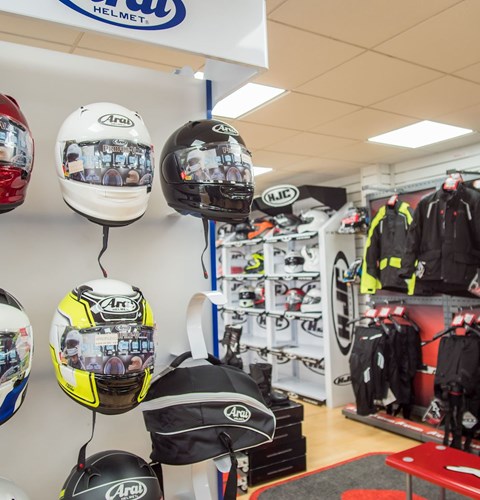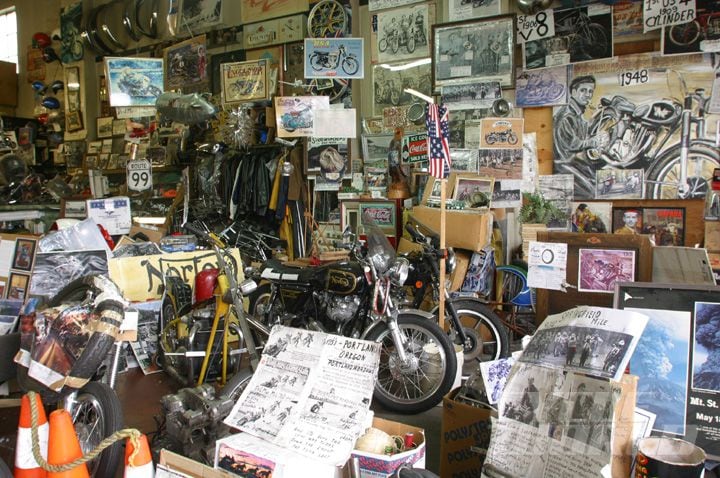Let Loose Performance with Costs Motox Parts NZ Available Here
Let Loose Performance with Costs Motox Parts NZ Available Here
Blog Article
Recognizing the Important Parts of a Motorcycle: A Comprehensive Guide for Lovers
For bike fanatics wanting to boost their riding experience and guarantee their bikes run smoothly, recognizing the necessary elements of a bike is critical. Each element, from the engine's intricate functions to the vital function of the braking devices, not only impacts efficiency however additionally safety and security and comfort. This guide will walk via the essential components that every cyclist should recognize with, allowing educated choices in both upkeep and potential upgrades. As we begin this exploration, one must ask: how does each component engage to create the smooth ride every fanatic looks for?
Engine Elements

The camshaft plays an essential role in controlling the timing of the engine's valves, guaranteeing the specific opening and closing essential for effective gas and air intake, as well as exhaust expulsion. This timing is crucial to maintaining optimal engine efficiency and effectiveness. Additionally, the carburetor or gas injection system, depending upon the motorbike model, is responsible for blending air with fuel in the proper ratio for combustion.
The air conditioning system, either air or liquid-based, functions to maintain the engine's temperature within operational limits, avoiding getting too hot and making sure longevity - motox parts nz. Each element, thoroughly developed and integrated, contributes to the smooth procedure of the engine, specifying the motorbike's power outcome and general efficiency
Transmission System
Essential to the motorbike's capability, the transmission system ensures effective power transfer from the engine to the wheels. This system comprises numerous crucial parts, consisting of the clutch, gearbox, and last drive, each playing a vital duty in translating the engine's power into activity. The clutch, usually operated by a hand bar, serves to involve and disengage the engine from the transmission, permitting for smooth equipment changes and controlled velocity.
The transmission, commonly referred to as the transmission appropriate, contains a collection of gears that cyclists can manually move through to readjust the bike's rate and torque output. These equipments are arranged in a sequence that makes it possible for the motorcycle to increase smoothly and maintain ideal engine performance across different speeds. A lot of bikes make use of a consecutive transmission, calling for the motorcyclist to change equipments in a predetermined order.
Braking Devices
While recognizing the transmission system is crucial to utilizing a bike's power, equally crucial is the capacity to manage and quit that power successfully, which is where stopping mechanisms come right into play. Brakes are important for security and performance, offering the motorcyclist with the needed control to navigate different surfaces and conditions. Commonly, bikes include 2 sorts of braking systems: disc brakes and drum brakes.
Disc brakes are a lot more widespread in modern-day motorbikes due to their exceptional efficiency. This system supplies much better heat dissipation, constant performance, and improved stopping power, specifically in wet conditions.
Alternatively, drum brakes, though much less usual, are still found in some motorcycles. They function by pressing brake footwear versus the inner surface of a drum connected to the wheel. While generally less efficient in warm dissipation and quiting power, drum brakes are less complex and more economical.
Comprehending these braking systems' nuances allows riders to keep their motorbikes appropriately and appreciate the design that makes certain secure and efficient quiting.
Suspension and Guiding
Suspension and guiding systems are vital components that dramatically affect a bike's handling and ride convenience. The shock absorber, containing forks at the front and shock absorbers at the rear, soaks up roadway abnormalities, boosting stability and control. Front forks, normally telescopic or upside down, compress and rebound to our website minimize impacts, while rear shock absorbers maintain tire call with the roadway, crucial for grip and safety.
Guiding, focused around the handlebars, attaches the biker i was reading this to the motorbike's directional control. The steering head bearings ensure smooth procedure, permitting specific ability to move. Proper alignment and maintenance of these bearings are essential for predictable guiding feedback and lowering cyclist tiredness.
The suspension's adjustability is one more critical element; preload, damping, and rebound setups allow personalization to match numerous riding designs and conditions. This flexibility is important for enhancing efficiency, whether browsing city roads or tackling tough tracks. Innovations like electronic shock absorber supply real-time adjustments, improving trip high quality across varied terrains.

Electric Solutions
After guaranteeing a controlled and smooth ride with effective suspension and guiding systems, attention transforms to the electric systems, a critical element of contemporary motorcycles. These systems play a crucial duty not only in starting the engine yet also in powering various elements that boost the functionality and security of the motorcycle.
At the heart of a motorbike's electric system is the battery, which shops electric energy required for beginning the engine and powering supporting systems - mx gear nz. The alternator or generator, paired with the rectifier-regulator, guarantees the battery continues to be billed while the motorbike functions, converting power into electric power and keeping voltage degrees
The ignition system, another important element, is accountable for sparking the air-fuel mixture in the engine's cylinders. Modern motorcycles usually utilize a digital ignition system, offering higher efficiency and reliability compared to traditional systems.
Lights systems, consisting of headlights, tail lights, and indicators, are additionally important, ensuring exposure and safety and security for the biker. Additional digital components such as sensing units, control units, and presents add to innovative functions like gas injection management, anti-lock braking systems (ABS), and digital control panels, additionally boosting the riding experience.
Verdict
A thorough understanding of a bike's crucial elements, including the engine, transmission system, braking mechanisms, suspension, guiding, and electrical systems, is vital for enthusiasts intending to enhance performance, safety, and convenience. Proficiency of these elements enables informed decisions regarding maintenance and upgrades, ultimately enhancing the riding experience. By integrating this understanding, motorcyclists can guarantee their motorbikes run at peak effectiveness and integrity, therefore optimizing both enjoyment and durability of their cars.
For motorbike lovers looking to boost their riding experience and ensure their bikes run efficiently, recognizing the necessary components of a motorbike is paramount.Important to the motorbike's functionality, the transmission system makes certain effective power transfer from the engine check my source to the wheels.While comprehending the transmission system is key to utilizing a motorbike's power, equally crucial is the capacity to control and stop that power effectively, which is where braking systems come into play. Generally, motorcycles include two kinds of stopping systems: disc brakes and drum brakes.
A detailed comprehension of a motorcycle's essential elements, consisting of the engine, transmission system, stopping systems, suspension, steering, and electric systems, is indispensable for enthusiasts aiming to optimize comfort, safety, and efficiency.
Report this page